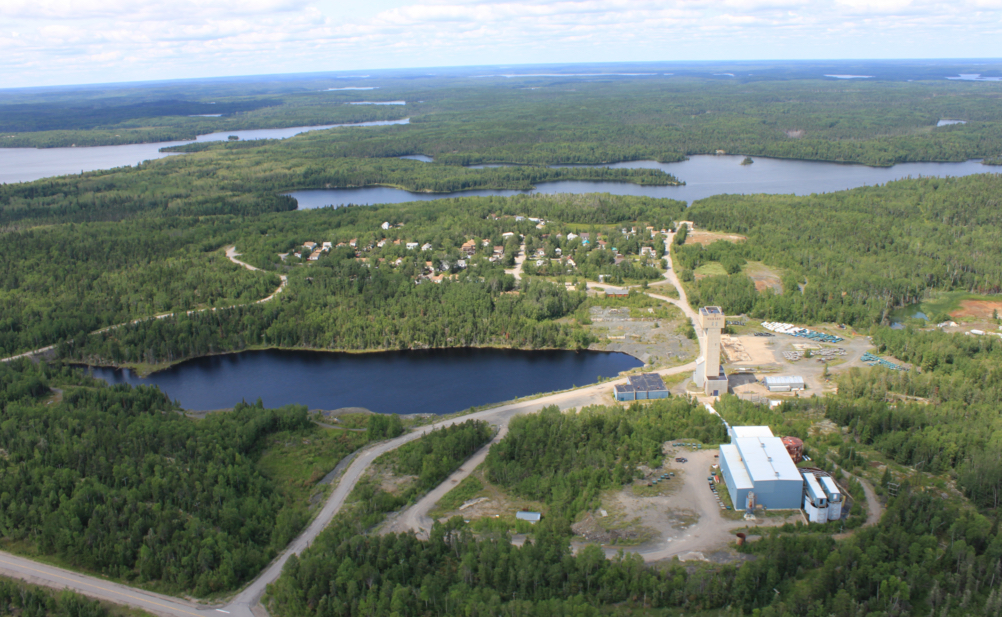
Over the last four years, Pure Gold Mining (TSXV: PGM) has doubled the indicated resource for its Madsen gold project in Red Lake, Ontario—one of the highest grade undeveloped gold deposits in the world.
“We think the build would be fairly short so sometime in 2020 you could conceivably see the mill turning”
The company released an updated resource estimate today that sees Madsen’s indicated resource jump by 319,000 ounces of gold (18%) to a total of 2.06 million ounces contained within 7.19 million tonnes at an average grade of 8.9 grams gold per tonne. Inferred resources grew by 58% or 171,000 ounces to a total of 467,000 ounces of gold contained within 1.88 million tonnes of 7.7 grams gold per tonne.
The latest resource used a cut-off grade of 4 grams gold per tonne, and includes mineralization for the first time from the Wedge satellite deposit, in addition to updates from two other satellite deposits (Fork and Russet South) and the main Madsen deposit.
Madsen’s satellite deposits outcrop and are within one to three kilometres of the mill and remain open for expansion.
The company plans to complete a preliminary economic assessment on the satellite deposits before the end of February, along with a feasibility study on the Madsen deposit alone.
The feasibility study will be based on Madsen’s indicated resource of 1.86 million ounces of gold (6.43 million tonnes grading 9 grams gold).
“The feasibility study is focused just on Madsen itself,” says Darin Labrenz, the company president and CEO. “The satellite discoveries over the last several years have a higher component of inferred resources and are still subject of ongoing exploration, but to get a view on what engineering and mining would look like we’re completing a PEA.”
A PEA completed on the project in 2017 outlined a mine life of 14 years, Labrenz says, and the project already has significant permitting in place.
“We’ve got 2 million indicated ounces at a relatively high grade of 8.9 grams gold per tonne in one of the safest jurisdictions in the world,” he says, “and a feasibility that will pave the way for a new mine in Red Lake, and a short time line given its brownfields, and what we believe will be a really low capital intensive project.”
Once the feasibility comes out later this month and a production decision is made, Labrenz thinks that the project could move into construction fairly quickly, given existing permits and low capital costs.
“We think the build would be fairly short so sometime in 2020 you could conceivably see the mill turning.”
Pure Gold’s 47-sq-km patented land position hosts two past-producing mines, including the Madsen mine. The two mines produced about 2.5 million ounces of gold over an operating history of 36 years.
The project has power, paved highway access, a 1,275-metre-deep shaft and headframe, 27 levels of underground workings, a portal and ramp, and a mill and tailings facility. An existing environmental compliance approval allows for the operation of a 1,089-tonne-per-day mill and processing plant.
This story first appeared in The Northern Miner.